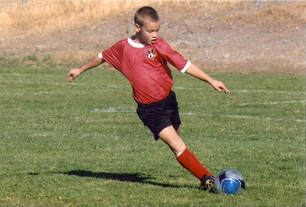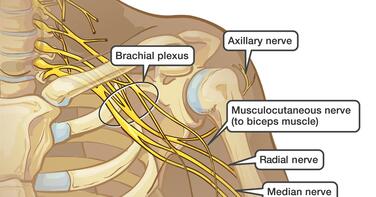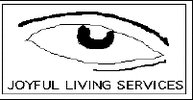
When Joshua was born his right arm and hand were paralyzed. The doctor told me that even though Joshua was born with only 3 pushes he had to pull him out. Apparently the doctor grabbed his head, twisted his neck, and pulled. This caused the injury to the brachial plexus nerves in his neck.


Today when you look at Joshua you can’t tell he has a problem because it’s mostly healed. He has been working out at the gym and told us that he’s noticed the right side takes a lot longer to strengthen and build than the left side but he continues to work on it. He has slight scoliosis in his thoracic spine because of the injury. When he runs in soccer he holds his right arm down closer to his side so he favors the right side a little bit.

As I began to learn IIPA iridology I started to wonder about that old saying “What came first: the chicken or the egg” because of the funnel that resides in Joshua’s right iris at the 10:00 o’clock position in the neck and shoulder reaction fields. I used to believe that the funnel was created when Joshua was born because of the injury but once I learned that the markings in the irises are genetic I started to really question my old beliefs about that. Because of IIPA iridology I now know that the funnel was already in Joshua’s iris and the weakness in his shoulder was already there in utero. Even if he was not harmed during birth he could have fallen and hurt his shoulder when he was a toddler and still ended up with a brachial plexus injury during sports. No one really knows what could happen.
What is a Funnel
Ellen Tart-Jensen describes a funnel in her book “Techniques in Iris Analysis Textbook for Iridology, page 135” as a marking that is created by an opening in the collarette that sweeps out into the ciliary zone. It shows a potential genetic deficiency in nerve energy to that particular body area. It is important to pay attention to the bowel area represented at the opening of the funnel as well as the organ field adjacent. Sometimes bowel congestion in that area can have a direct effect on the organ represented in the adjacent field.

The brachial plexus is the network of nerves that sends signals from your spinal cord to your shoulder, arm and hand. A brachial plexus injury occurs when these nerves are stretched, compressed, or in the most serious cases, ripped apart or torn away from the spinal cord.
Causes
Damage to the upper nerves that make up the brachial plexus tends to occur when your shoulder is forced down while your neck stretches up and away from the injured shoulder. The lower nerves are more likely to be injured when your arm is forced above your head. These injuries can occur in several ways, including:
- Contact sports. Many football players experience burners or stingers, which can occur when the nerves in the brachial plexus get stretched beyond their limit during collisions with other players.
- Difficult births. Newborns can sustain brachial plexus injuries. These may be associated with high birth weight, breech presentation or prolonged labor. If an infant's shoulders get wedged within the birth canal, there is an increased risk of a brachial plexus palsy. Most often, the upper nerves are injured, a condition called Erb's palsy.
- Trauma. Several types of trauma — including motor vehicle accidents, motorcycle accidents, falls or bullet wounds — can result in brachial plexus injuries.
- Tumors and cancer treatments. Tumors can grow in or along the brachial plexus, or put pressure on the brachial plexus or spread to the nerves. Radiation treatments to the chest may cause damage to the brachial plexus.
Complications
Many brachial plexus injuries in both children and adults heal with little if any lasting damage. But some injuries can cause temporary or permanent problems, such as:
- Stiff joints. If you experience paralysis of your hand or arm, your joints can stiffen. This can make movement difficult, even if you eventually regain use of your limb. For that reason, your doctor is likely to recommend ongoing physical therapy during your recovery.
- Pain. This results from nerve damage and may become chronic.
- Numbness. If you lose feeling in your arm or hand, you run the risk of burning or injuring yourself without knowing it.
- Muscle atrophy. Nerves regrow slowly and can take several years to heal after injury. During that time, lack of use may cause the affected muscles to break down.
- Permanent disability. How well you recover from a serious brachial plexus injury depends on a number of factors, including your age and the type, location and severity of the injury. Even with surgery, some people experience permanent muscle weakness or paralysis.
References
- Mayo Clinic
- Techniques in Iris Analysis Textbook for Iridology, Ellen Tart-Jensen, pg 135”


 RSS Feed
RSS Feed



